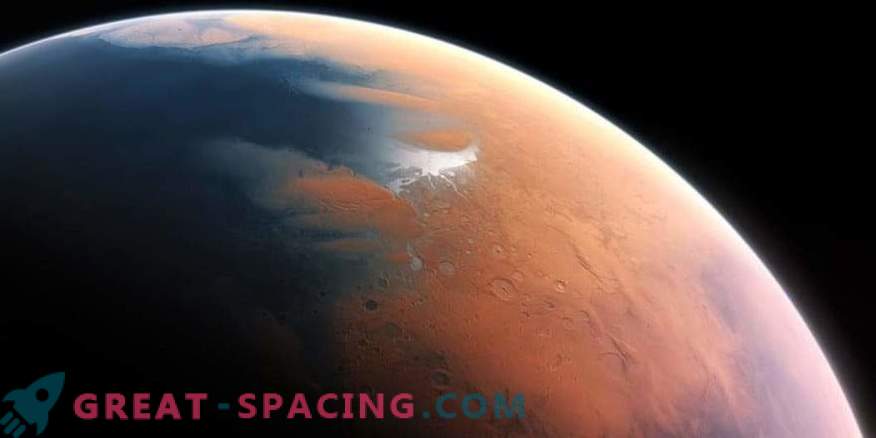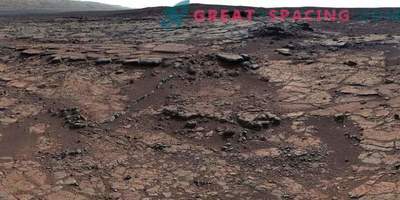
The new study suggests that periodic methane emissions from the surface of the Red Planet have turned its atmosphere into a unique trap for solar radiation, raising the temperature so high that liquid water has a chance to survive.
A new theory emerged that Mars managed to stay warm enough for the presence of liquid water (and this condition, which is believed to be necessary for life).
A series of descending orbiters and NASA's rovers brought a huge amount of evidence that today's dry and cold planet is very different from the state 3-4 billion years ago when rivers and lakes flowed on the surface.
But then the Red Planet had to be too cold for the water to remain in liquid form. A recent study shows that its atmosphere has passed through periods of warming created by greenhouse gas emissions stimulated by the release of methane.
“The climate of early Mars has always been a problem,” says lead researcher Robin Wordsworth of Harvard University of Engineering and Applied Sciences. - “All the explanations offered earlier simply do not work. We could not get enough warm and humid environment. ”
According to a new study, the interaction between methane, carbon dioxide and hydrogen in the atmosphere of Mars could absorb enough solar radiation to raise the surface temperature to the state needed for liquid water. A greenhouse blanket could keep Mars warm for several tens of thousands of years, but not hundreds of millions. This Wordsworth noted, citing evidence of a periodic lack of water, which observes the NASA rover Curiosity and other devices.
Wordsworth presents what it looks like on Mars, tracking Titan - the largest satellite of Saturn and the only body in the solar system, besides the Earth, which has an atmosphere. It is full of methane and other hydrocarbons.
“This is the equivalent of what Mars could be,” he said.
Scientists are waiting for information from the mission MAVEN, which tracks how the atmosphere of the Red Planet is scattered in space, in order to compare it with past climate models.
“MAVEN is an important task. I think that soon we will get a more complete picture of the past of the planet, ”said Wordsworth.
These results will also affect the search for life outside of our system.
“The results also indicate that exoplanets are able to maintain liquid on the surface even at a considerable distance from the parent stars,” the document says.










































